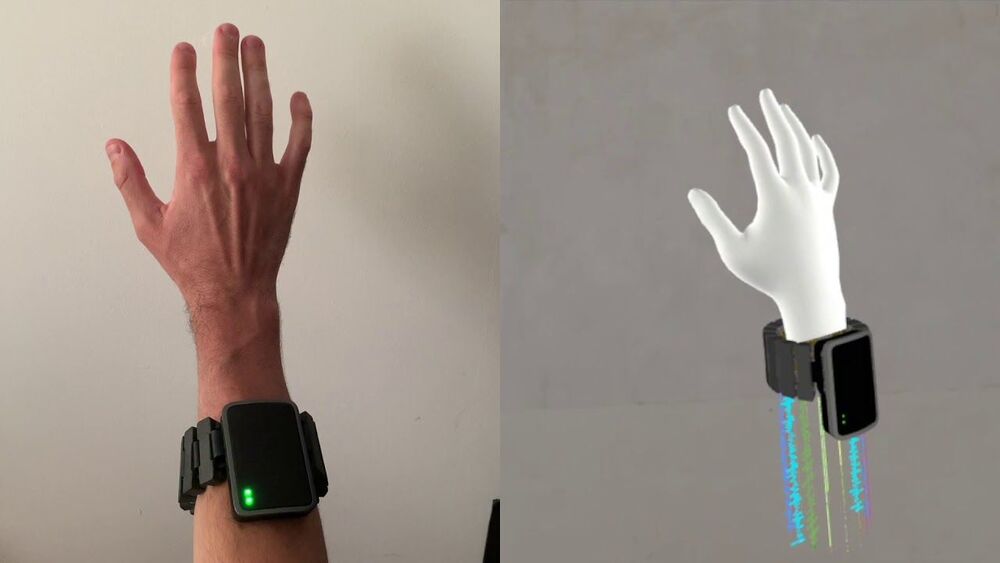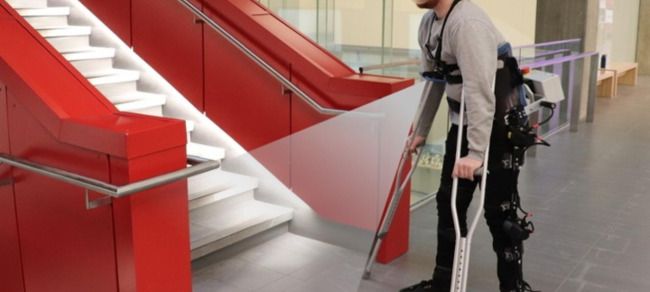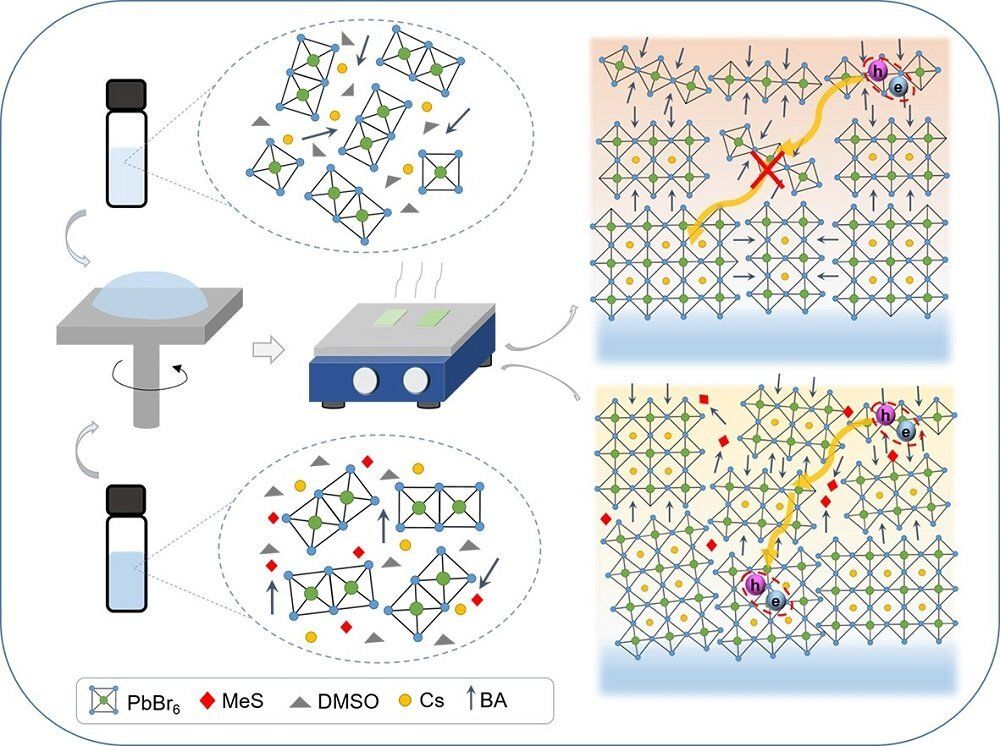Mar 29, 2021
Former prisoners struggle to re-enter society. What happens when society moves online?
Posted by Genevieve Klien in categories: biotech/medical, mobile phones
When Renaldo Hudson left the Danville Correctional Center on Sept. 2, he was beaming. As the sun shone down on a hot day in Eastern Illinois, Hudson took his first free steps in 37 years.
Later that day, he arrived at the Precious Blood Ministry of Reconciliation, a restorative justice nonprofit that helps former prisoners get on their feet. There, he saw friends for the first time in years and hugged his attorney, Jennifer Soble.
He was also handed a Samsung smartphone, a piece of technology that wouldn’t have been imaginable to an American in 1983.

















